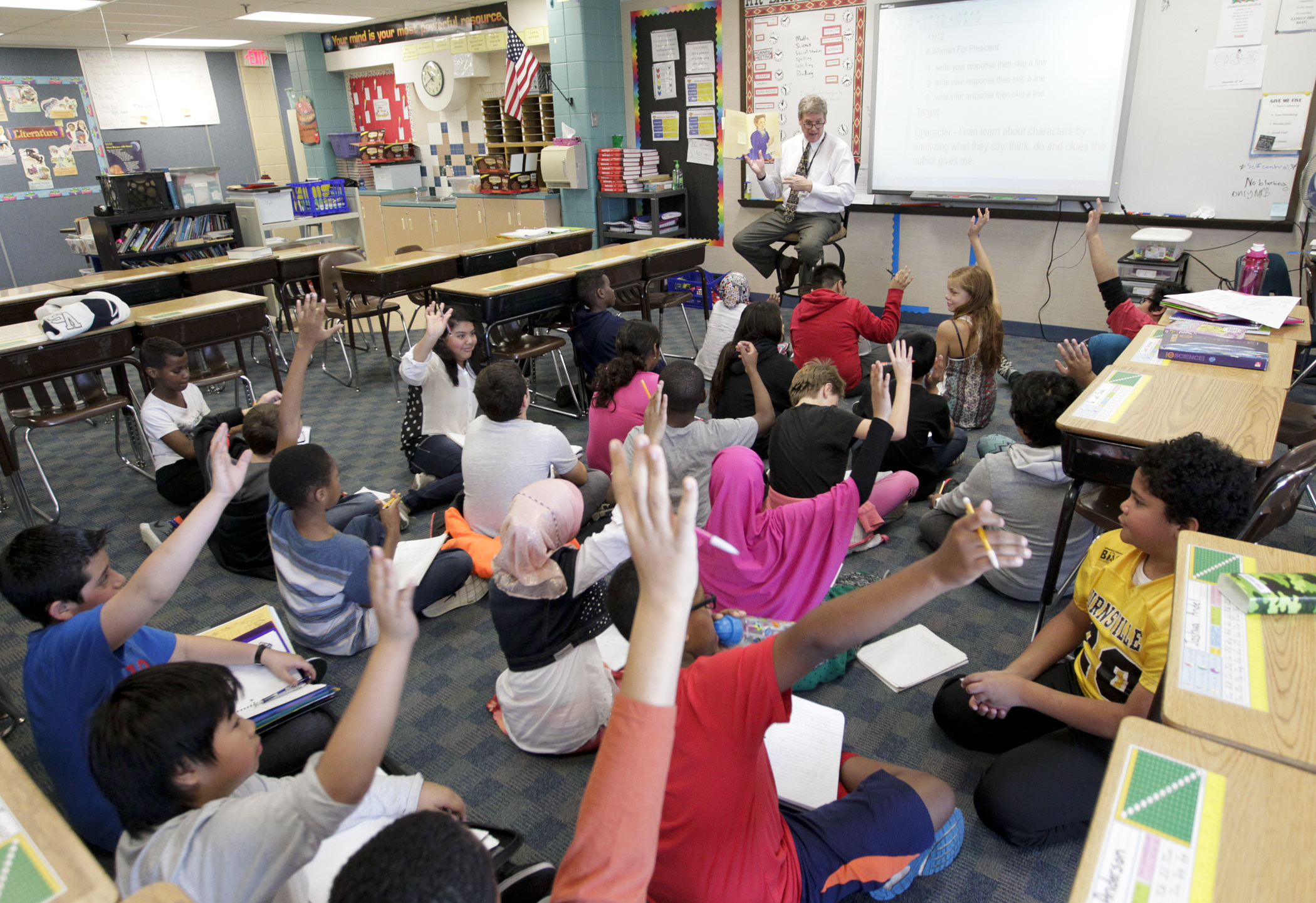State modifies schools plan with goal of more young learners back in classroom

Based on evolving understanding of the COVID-19 virus, state officials have modified a plan they hope will help get more children safely back in classrooms.
The state’s Safe Learning Plan was created last July in preparation of the 2020-2021 school year to guide school districts and charters on how to mitigate health risks associated with educating students during the pandemic. Officials from the Department of Education and Department of Health provided the House Education Policy Committee with an update of this plan Wednesday.
The original plan directed districts and charters to rely on county COVID-19 infection rate data to determine whether to use a distance learning model, a hybrid model or an in-person model, said Heather Mueller, deputy education commissioner.
Since then, the departments have been assessing both the impact of distance learning on students’ educational attainment, mental health and well-being, as well as data regarding coronavirus cases in schools.
“During this pandemic, some of our students have done quite well, but, unfortunately, many others are being left behind,” said Dan Huff, assistant health commissioner.
“We know that children spending less time with their contact teacher means they are more likely to do poorly academically and, unfortunately, this often goes along racial lines, which increases disparities.”
Additionally, Huff said that based on data, there is not a significant difference in virus transmission rates between students and staff in elementary vs. secondary schools. Transmission rates within schools also don’t appear to be distinguishably higher than those of regular community spread.
Given this, the updated plan allows elementary schools that are not currently using an in-person learning model, to transition to that model beginning Jan. 18. To do so, they will need to follow a rolling start process in which no more than three additional grades can be introduced per school building in a two-week time period
Some schools have gotten a head start returning to the classroom. Over the last few weeks, fully in-person class rates have increased from 13% to 31%, primarily among elementary students, according to Mueller.
Noting that transmission potential is nearly equal for both elementary and secondary students and staff, Rep. Peggy Scott (R-Andover) asked why this plan focuses only on getting elementary school students back to the classroom.
Huff said that while there isn’t strong data suggesting that a middle school or high school student is more likely to spread the disease than an elementary student, data does show that age is a big factor in how severely the virus will impact a person’s health if they contract it.
“On average, a younger person, a young child will have much less likelihood of severe disease, being hospitalized or dying,” he said.
Similarly, Rep. Kelly Moller (DFL-Shoreview) asked what plans are in place to get middle school and high school students back in the classroom.
“There are so many things we need to look at … how to do we set up success for schools because we understand it’s very disruptive for schools to open and close,” Huff said. “Our goal is to get schools open for in-person learning but do it in a way that is going to maintain continuity and it will be safe.”
Related Articles
Search Session Daily
Advanced Search OptionsPriority Dailies
Ways and Means Committee OKs proposed $512 million supplemental budget on party-line vote
By Mike Cook Meeting more needs or fiscal irresponsibility is one way to sum up the differences among the two parties on a supplemental spending package a year after a $72 billion state budg...
Meeting more needs or fiscal irresponsibility is one way to sum up the differences among the two parties on a supplemental spending package a year after a $72 billion state budg...
Minnesota’s projected budget surplus balloons to $3.7 billion, but fiscal pressure still looms
By Rob Hubbard Just as Minnesota has experienced a warmer winter than usual, so has the state’s budget outlook warmed over the past few months.
On Thursday, Minnesota Management and Budget...
Just as Minnesota has experienced a warmer winter than usual, so has the state’s budget outlook warmed over the past few months.
On Thursday, Minnesota Management and Budget...